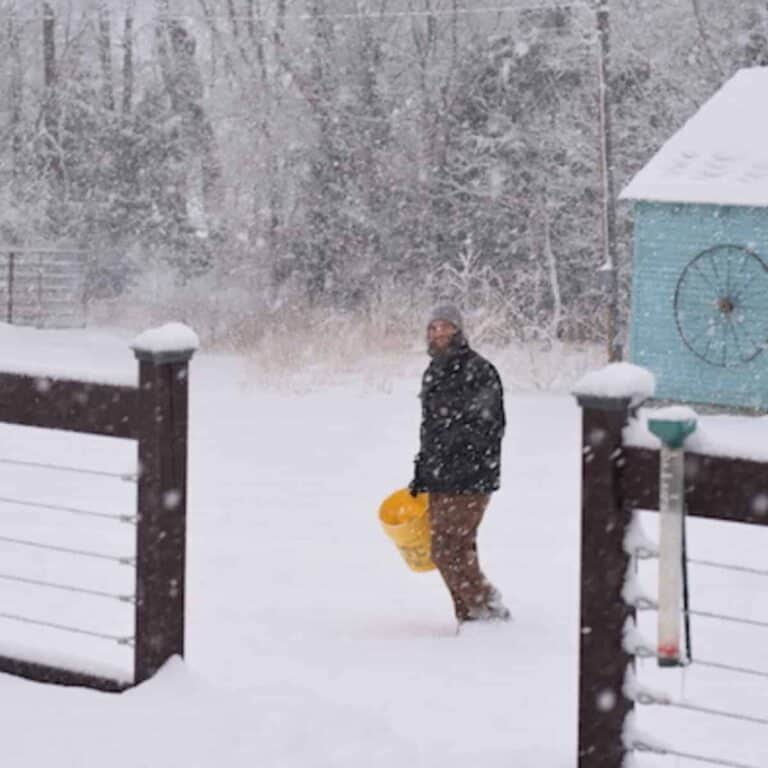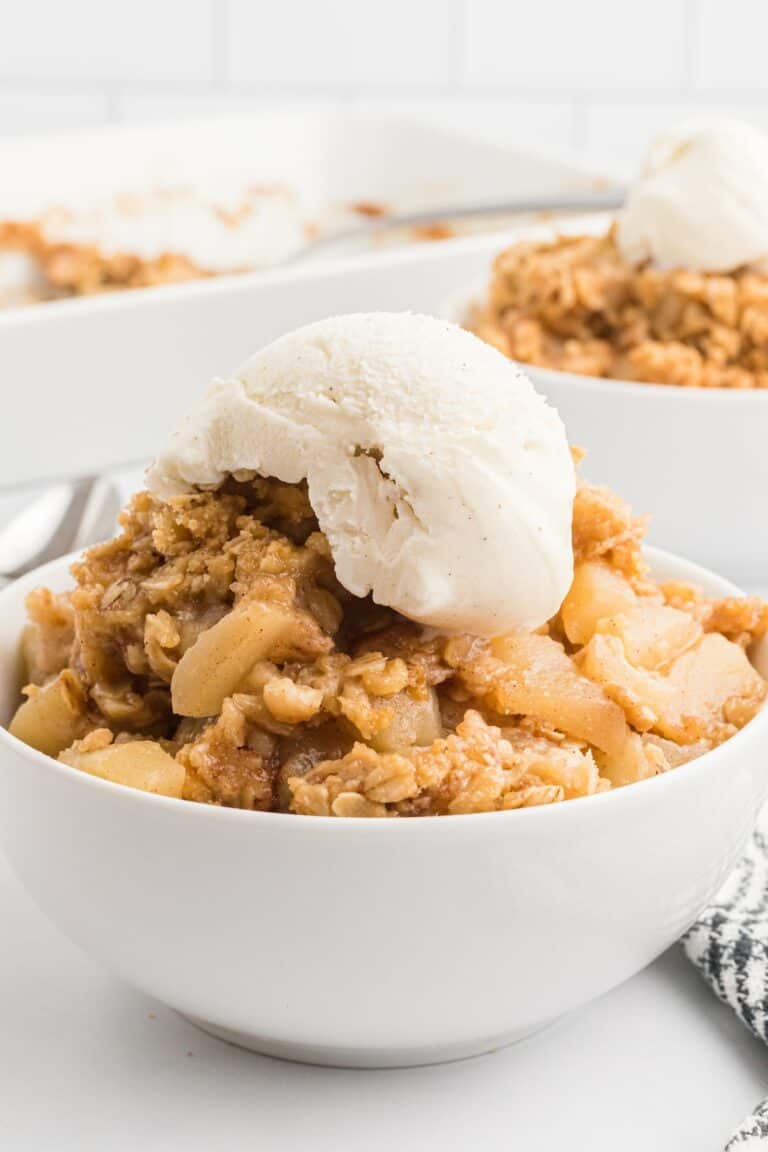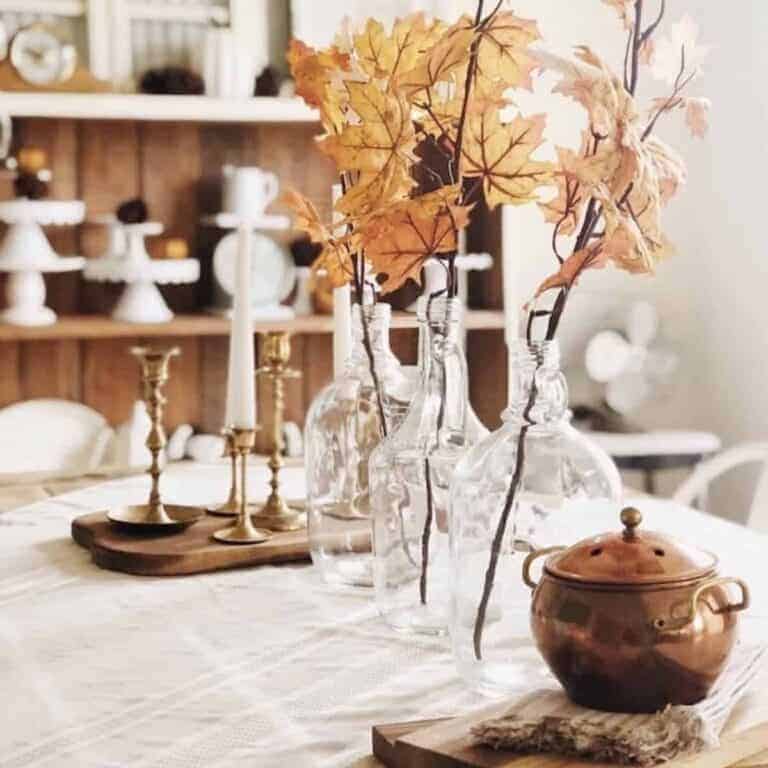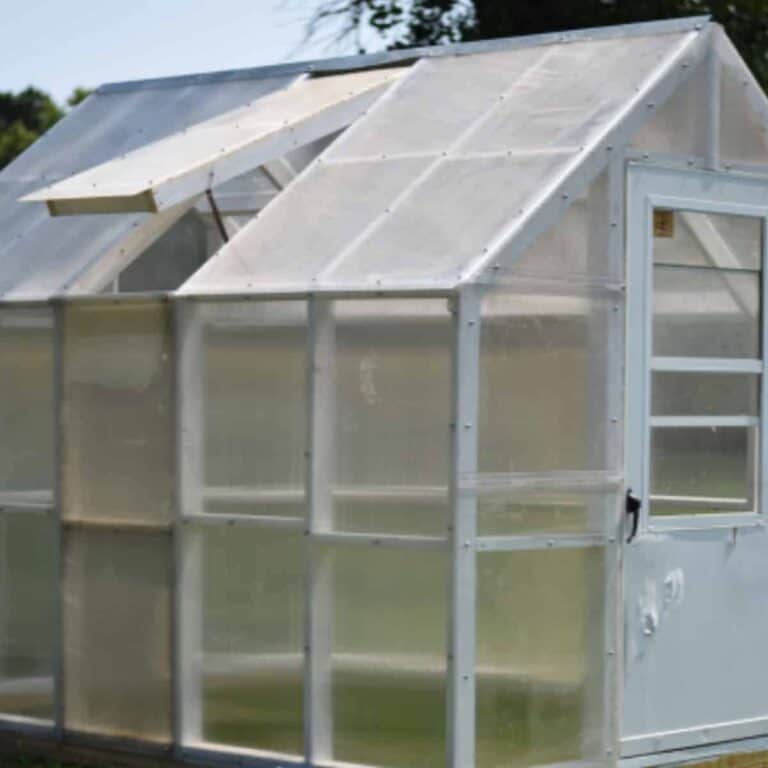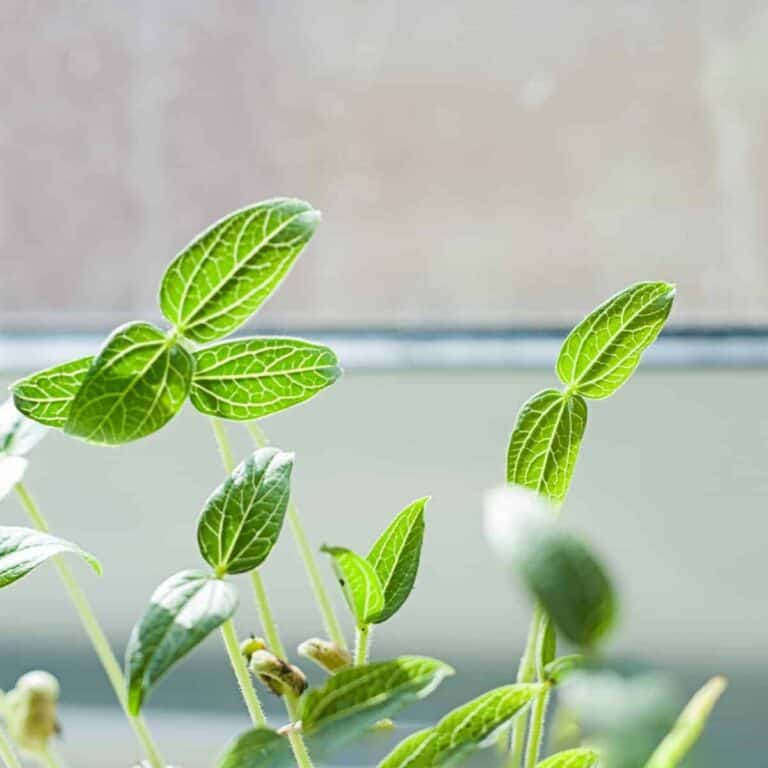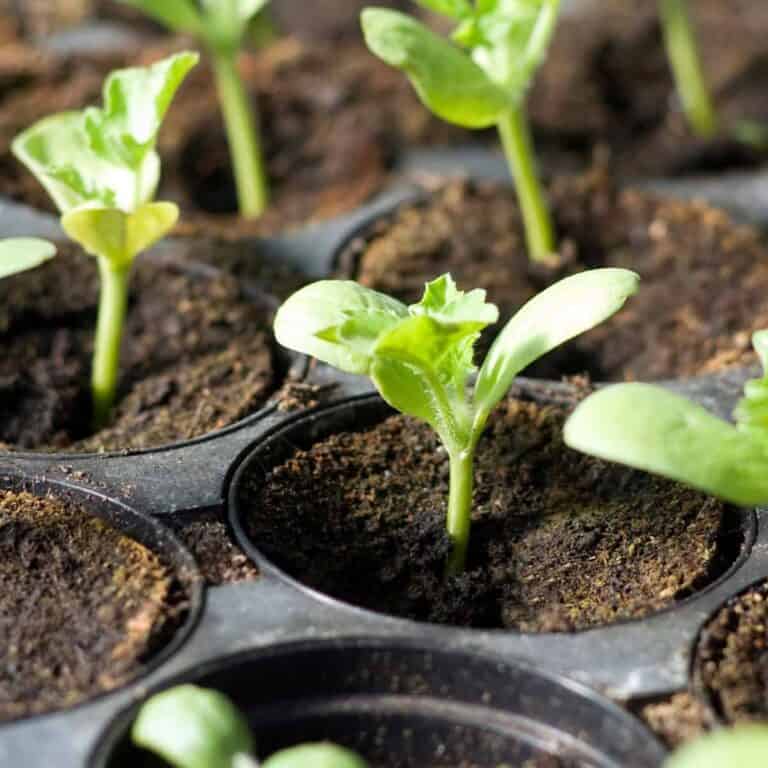Fall Garden Planting Guide
Now is a great time to start planning a fall garden. I’m sharing tips to help transition from the summer garden to fall planting. And some of the best crops to grow for those cooler fall days.
It feels like we just got the summer garden started and now we are talking about fall crops. Crazy isn’t it?
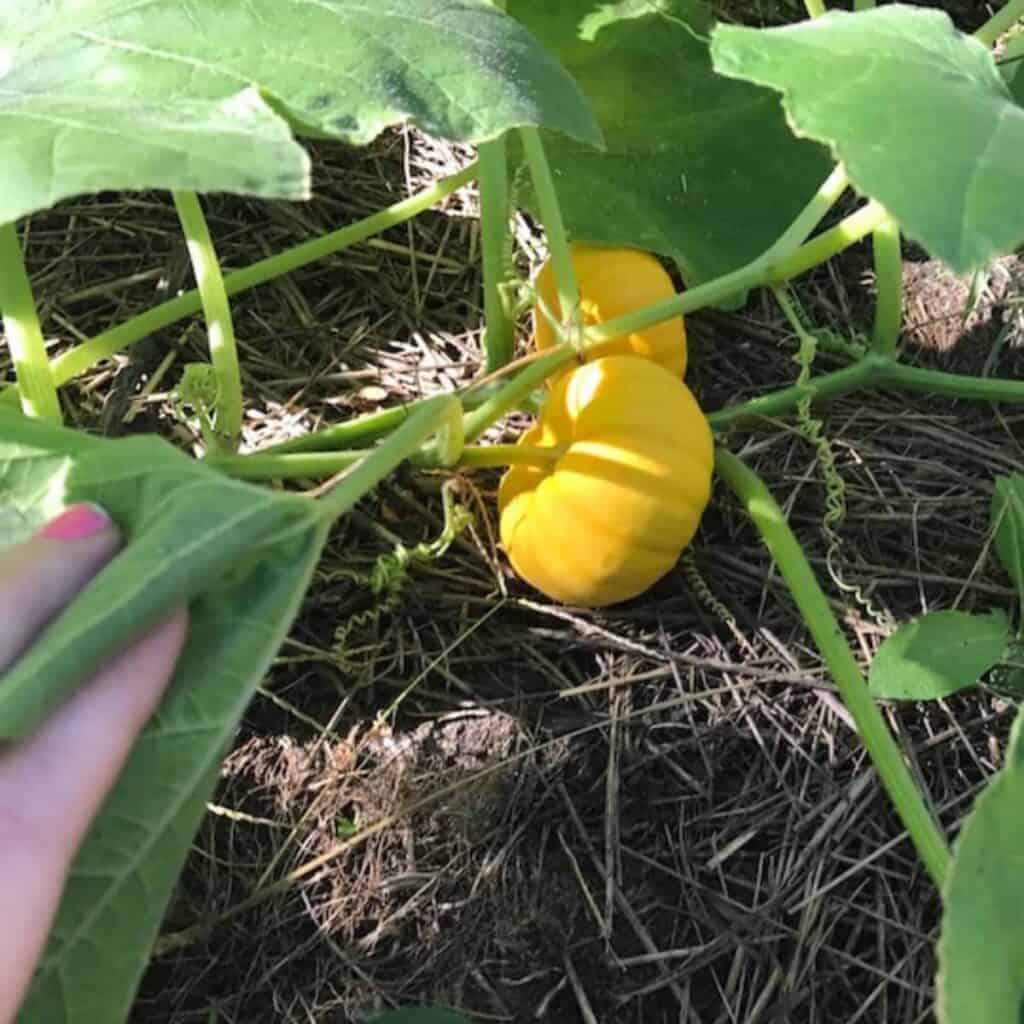
Fall garden plans
Things on the homestead usually require some planning. And a whole lot of trial and error before we get things just right.
And sometimes things don’t always go according to plan. That’s one of the beauties and thrills of homestead life. We must be resilient and adaptable to life’s adventures.
Before starting a fall vegetable garden, it is important to know what your garden zone is.
After determining your growing zone, it is helpful to know when to plant a fall garden.
You’ll want to start your garden at least 8 weeks before your first frost date. But you can start plant seeds as early as 10-12 weeks ahead of time.
For help determining the best time to start planting according to the vegetable variety, refer to the specific seed packet.
Most seed packets have such a wealth of information for getting started with growing.
where would you like to start?
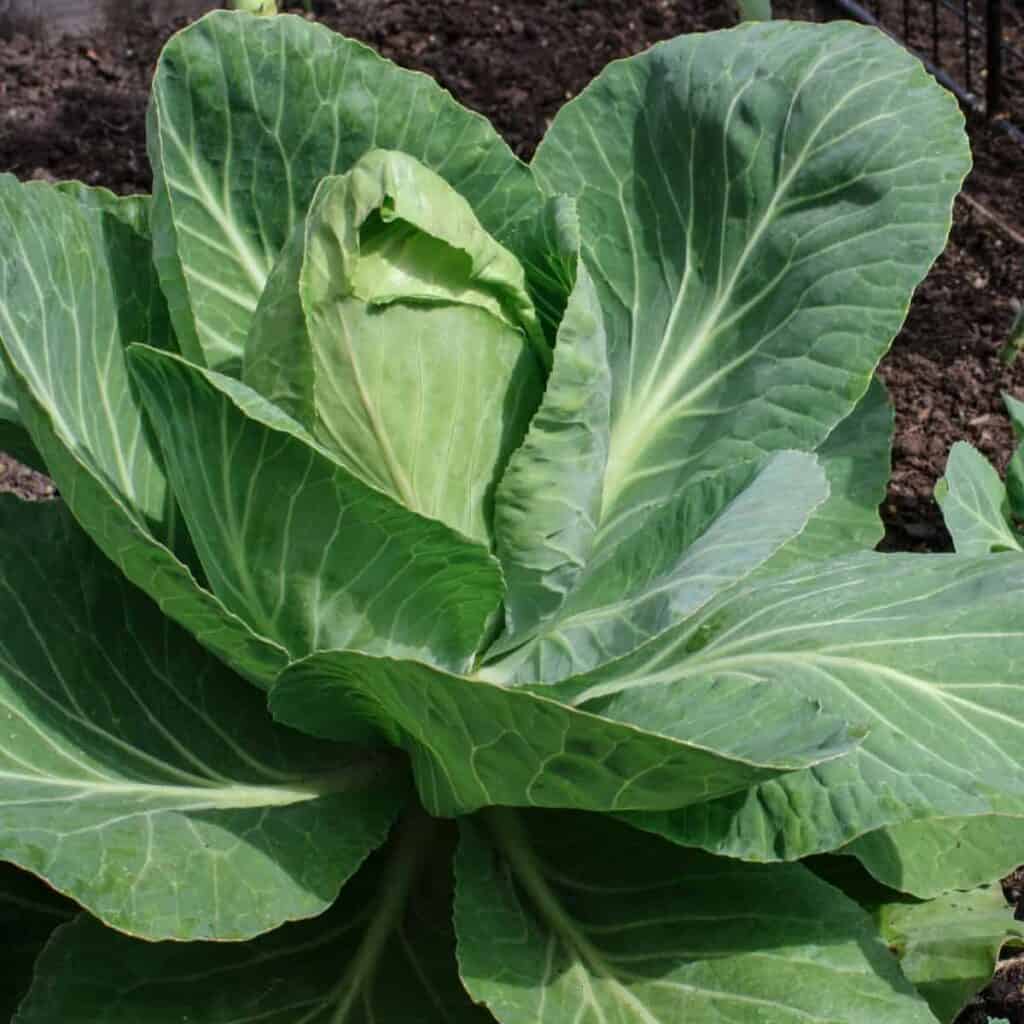
Fall vegetables to plant
Similar to a spring garden, starting cooler weather crops should be moved when safe from the summer heat. But also some plants germinate best in the heat of the summer.
When determining which vegetables to plant, first look at your available space. Especially when transitioning from summer crops to fall.
Some of the best fall garden vegetables are greens, brassicas, and root crops.
Consider growing vegetables like spinach, kale, salad mixes, broccoli, cauliflower, cabbages, carrots, beets, scallions, and leeks.
Many herbs do well in the fall and even milder winters. Consider adding these herbs for a fall harvest: mint, parsley, cilantro, rosemary, thyme, sage, chives, and lavender.
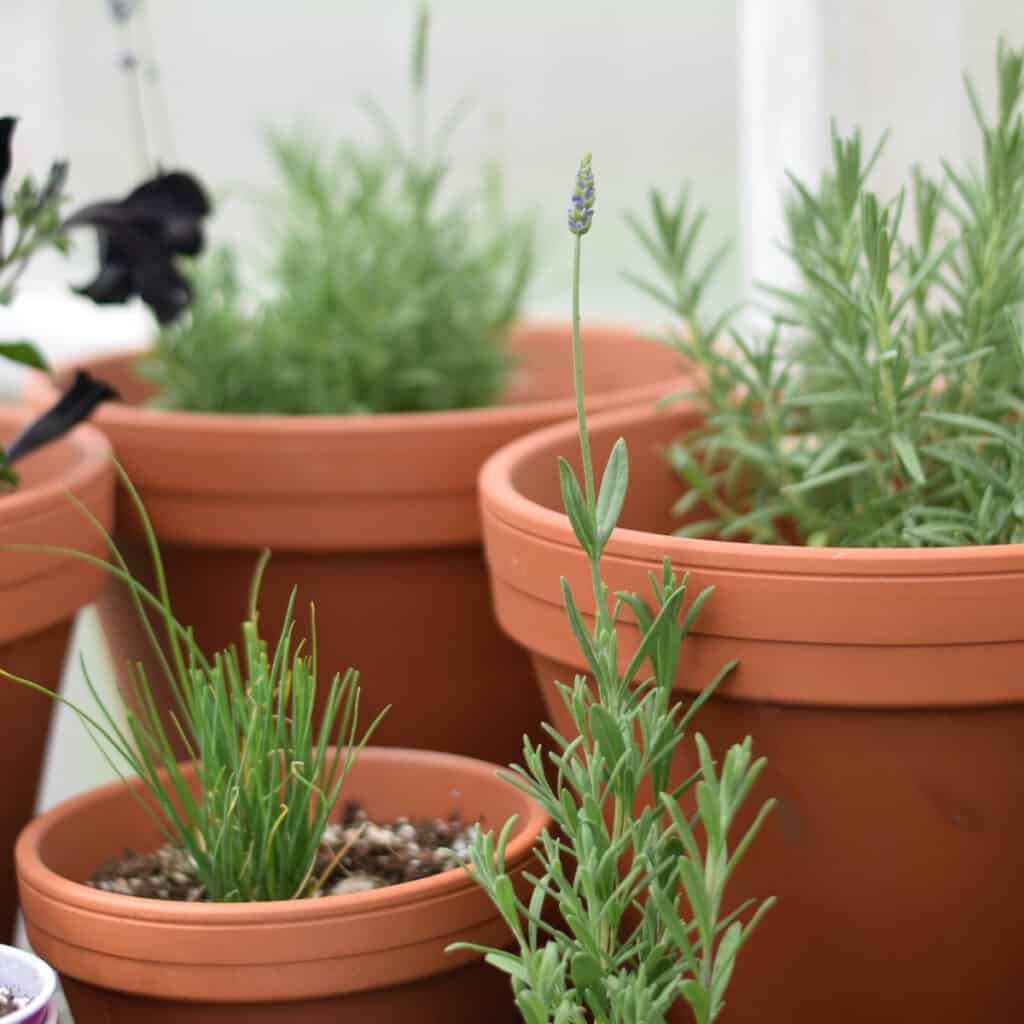
Direct-sow varieties like beets, carrots, greens, leeks and scallions, along with more lettuce and radishes.
Set out broccoli, cabbage, cauliflower, brussels sprouts, celery, fennel and herbs.
Many of the fast growing vegetables, can give you a successful succession planting garden harvest. Or even one last summer harvest if planted on time.
If you’re unable to start your own seeds, or are starting a bit late, consider gardening with transplants!
Are you new to gardening? I have a great resource to help you get started! Check out the Gardening for Beginner’s ebook.
When to start cool weather crops
Something to note here, not every plant does well in every area. Even if starting based off of your first frost dates, your area has a lot to do with your success.
Sometimes we are hit with early winters/frosts or early snow storms that would make our fall garden challenging. So, keep that in mind and determine how you could protect your crops if these events happen.
Direct sow these crops:
- Beets – 8 weeks before first frost in fall
- bok choy – about 6 weeks before first frost
- broccoli – 10-12 weeks before first frost
- brussels sprouts – 10 weeks before first frost
- cabbage – 6-8 weeks before first frost
- carrots – 8-12 weeks before first frost
- cauliflower – start indoors 12-14 weeks before first frost, plant outside 8 weeks before first frost
- celery – 12-14 weeks before first frost
- chard – 10-12 weeks before first frost
- garlic – plant cloves in ground about 2 weeks before first frost
- kale – 6-8 weeks before first frost
- kohlrabi – 12-14 weeks before first frost
- leeks – 12 weeks before first frost
- lettuce – 6-8 weeks before first frost
- parsnips – 12 weeks before first frost
- peas – 12 weeks before first frost
- radishes – 8 weeks before first frost
- rutabaga – 10-12 weeks before first frost
- spinach – 6 weeks before first frost
- turnips – 4 weeks before first frost
Start indoors:
- cilantro – 6-8 weeks before first frost
- chives – 6-8 weeks before first frost
- lavender – 4-6 weeks before first frost
- mint – 8 weeks before first frost
- parsley – 4-6 weeks before first frost
- rosemary – 10-12 weeks before first frost
- sage – 8-10 weeks before first frost
- thyme – 6-10 weeks before first frost
These dates are averages and there are some variables, but I hope they help you with planning out your fall garden crops.






